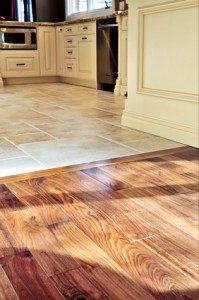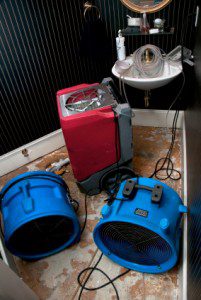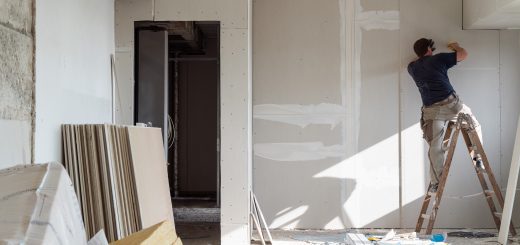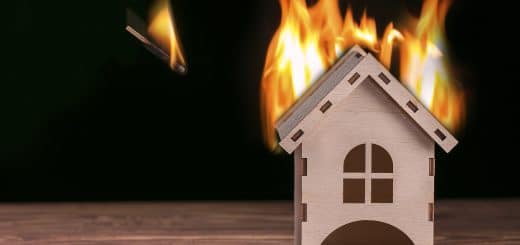Signs of Water Damage – What to Look for
Get out your wet suites for todays tips on identifying water damage in your home. There are many different areas and appliances in your home that can cause water damage. If caught right away, the damage may not be severe, but if unknown or left untreated, there may be extensive damage to your home. There are common places where water damage can occur. Let us tell you what to look for and the ways you can fix the problems.
Refrigerator Water Damage

Refrigerator Water Damage
Your kitchen is one of the most utilized rooms in your home. There are many different appliances and water pipes that can cause havoc at any time. Refrigerators, sinks, dishwashers and water pipes are running throughout the day and night. This many appliances using water might eventually cause damage to your floors. Dishwasher and sink leaks are generally easy to spot and fix quickly, causing less damage. Refrigerators can be a little trickier. Many homes have cabinets and other appliances surrounding their fridges. If water starts to leak, it may be weeks before you even notice. There are many different places from where your fridge can leak. If you believe the leak is coming from the back, it may be from the icemaker valve (if your fridge comes equipped with one). While the fridge is sending water to the ice machine, you should be able to tell if water is leaking from the hose. If this is the case, a simple valve replacement should do the trick. Icemaker gears can also break. You can notice this if there is a large amount of ice buildup in your tray. Condensation is also a common problem with refrigerators, this can be caused by extreme temperatures in either the fridge or freezer. The trimTrim is the decorative or functional molding used to finish ... More or gasket may need replacing as well. If your fridge isn’t closing properly, then temperatures cannot regulate, causing your fridge to leak.
Bathroom Water Damage

Signs of Bathroom Water Damage
Bathrooms are also a water dwelling room. Between the humidityHumidity is the amount of moisture or water vapor present in... More and constant contact with water, your floors are always susceptible to water damage. The good thing about bathrooms is it can be easy to find where the water is coming from.
Bathtubs can be prone to water leaks. Make sure your tub is thoroughly caulked to ensure that no water gets between the tub and wall. Leaks from sinks can be easily detected as well. Condensation can start to accumulate below your sink. Make sure your personal items are not crowding pipes, which could cause further problems. You should also check valves. Tightening you water pipes should ensure leaks don’t come back.
Washing Machine Water Damage
There may be many factors when it comes to washing machine water damage. First, you need to make sure you are never over stuffing your washing machine. This will create uneven loads, causing water to leak from the top or hoses. Keep in mind the excess amounts of soap can cause leaks as well. Your supply hose may be rusty or old. You can fix these by turning off your water supply and unscrewing them from the back. You then can pry out the old washers and replace them. Inside hoses can be a problem as well. Remove the back panel and assess the hoses while your machine starts a load. This will allow you to figure out which hose is causing the leak. Keep in mind that keeping a tray under your washing machine will help by protecting your floors from excess water.
These popular areas and rooms are common for water leaks. For more information on water leaks and how to prevent them visit LCRA. If you believe the water damage is too extreme, call a local water damage restoration company. The professionals can provide water damage restoration quickly and efficiently.












